Alan Titchmarsh: The 1950 gardening trick which will bring you truly spectacular garden borders
Alan Titchmarsh revisits one of the books which first sparked his love of gardening – and shares one of the finest tips found therein.

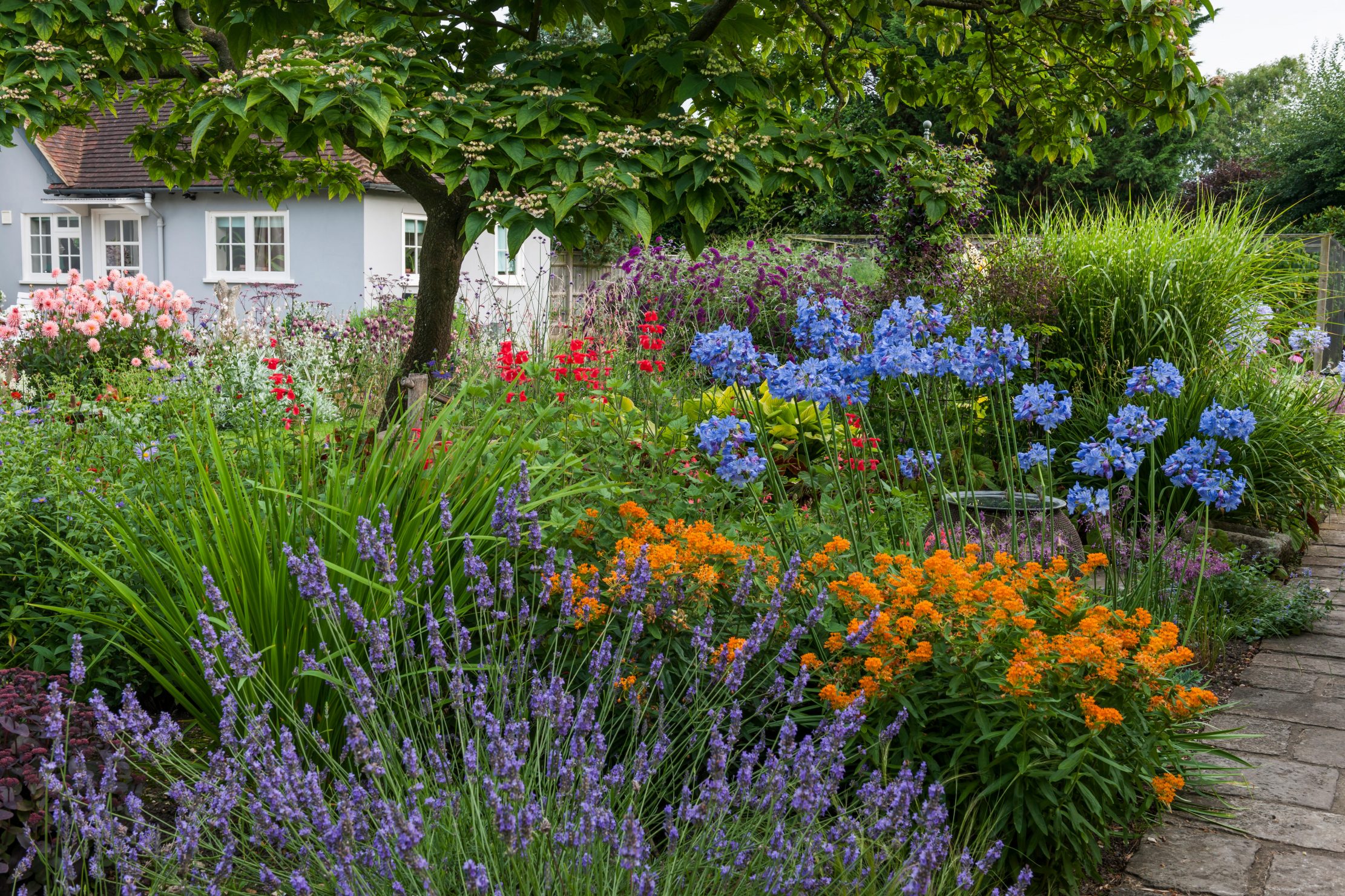
When I began to show a keen interest in gardening at the age of nine or 10, my father passed on to me a small book that had been given to him by his father-in-law — my grandfather — in the hope that he would take on the family allotment. Out of the kindness of his heart, my father did so, but his heart was never in it. It was with great relief that he handed on the spade to me. I still have that spade and I still use it.
I also have the book: Simple Gardening by R. P. Faulkner. It was published in 1950 and much of the practical advice it offers is as pertinent today as when it was first written. However, the book is also a reminder of how things have moved on. Writing about the hardy border, Faulkner describes it as ‘a comparatively modern development in gardening. It had its origin in the desire to get away from the stiff formality of the Victorian garden and to give plants a natural setting’.
When you consider that Faulkner was writing only 50 years after Queen Victoria’s death, it’s a sobering thought that the equivalent distance from today is 1970. Only yesterday!
Have tastes changed as much in that period of time? Well, gardens comprising heathers and dwarf conifers have disappeared, but the hardy border — what today we would call the mixed border — is every bit as much in evidence.
Do we cultivate that border in the same way as was suggested in 1950? I suspect we aren’t quite so rigorous in our management as Faulkner, who suggests that: ‘Every three or four years, the plants should be lifted and divided, selecting the youngest growths on the outsides of the clumps for replanting. Seize the opportunity to dig the border deeply and to work in a good dressing of hop manure. This work should be done in autumn.’
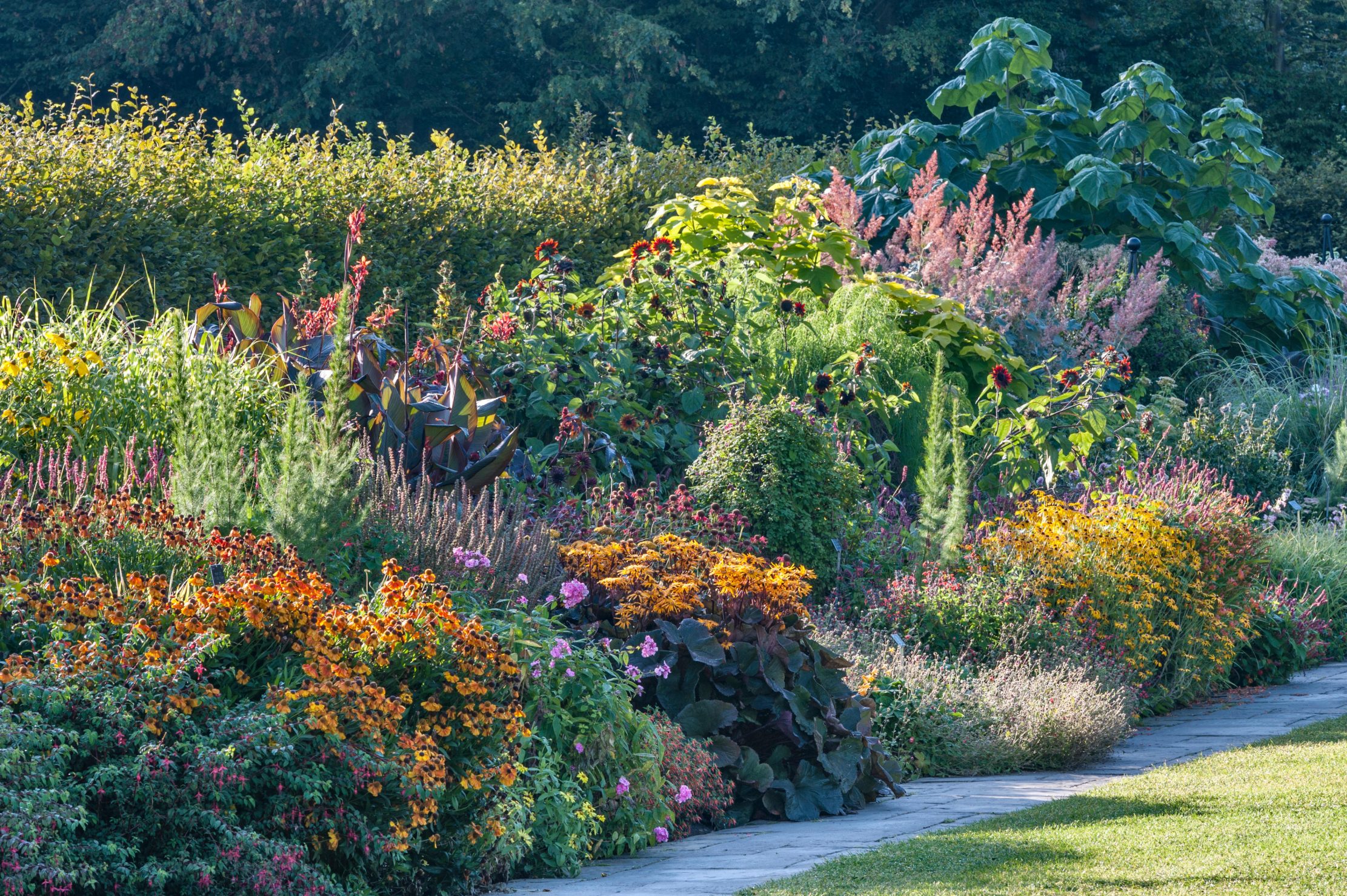
Let’s look more closely at that neat statement. When was the last time you ‘double-dug’ your border (to a depth of two spits, or spade blades)? I thought so. Never. Most of us are content with single digging and, on soils that are relatively shallow, there’s nothing to be gained (except backache) by digging to a depth of what amounts to almost 2ft. Working in well-rotted manure or garden compost is certainly advisable, but the British hop fields of the 1950s have all but disappeared (certainly from my part of Hampshire, where they still flourished 30 years ago when we moved here).
And doing the job in autumn? On light, sandy soils, this is certainly advisable as the plants will begin to establish themselves well before the following spring. On heavier soils, however, they can sit and sulk and rot in our excessively wet winters. Better, then, to leave the job until now.
Exquisite houses, the beauty of Nature, and how to get the most from your life, straight to your inbox.
However, the entire crux of the matter lies in the division of the clumps. Most of us are content to let our border perennials go on year after year until they fizzle out through exhaustion and the gaps they’ve created are seized as a planting opportunity.
Digging up and dividing clumps every three or four years is a counsel of perfection. Ah, but, in many instances, it really does pay off. The resulting plants are reinvigorated and the display is much more spectacular.
Perennials such as hostas and hellebores are certainly happy to be left undisturbed for many years, as the clumps continue to expand in size over time with no apparent diminution of vigour, but plants such as perennial asters (Michaelmas daisies), rudbeckias, achilleas and a host of others do. Indeed, they start to die out in the centre of the clump after three or four years as they spread outwards.
Digging up the entire clump, discarding the perished central bit and chopping up the vigorous outer parts into fist-sized clumps will produce a generous number of plants that will take on a new lease of life when planted about 1ft apart in the newly enriched soil. It’s a job that can be done in any garden and on any soil right now. A dusting of blood, fish and bonemeal can be added to the earth for good measure.
Not only will you feel virtuous after your border foray, but you’ll be astounded at the difference in performance of those once tired old plants.
Thanks for the reminder Mr Faulkner. And thank you, Dad, for the book.
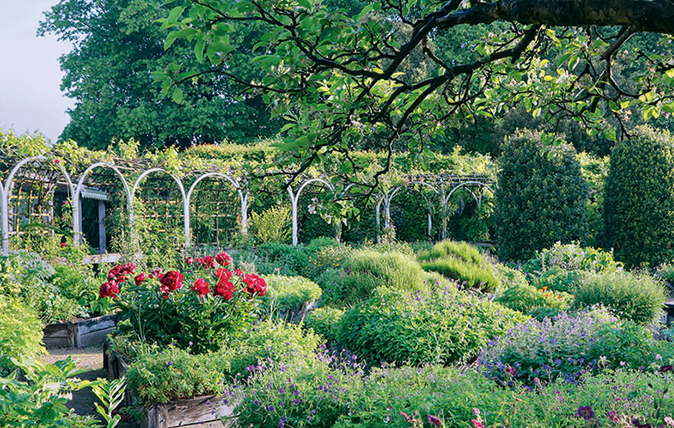
Alan Titchmarsh: The poetic pleasure of plant names
Our gardening expert on the days spent learning the names of some of the most obscure plants in Britain.
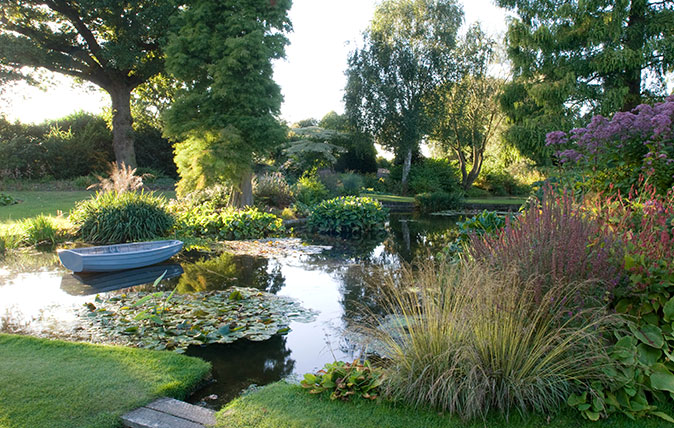
Alan Titchmarsh: How to keep a perfect pond
Alan Titchmarsh says that now is the time to clear out the weeds and keep your pond in top condition
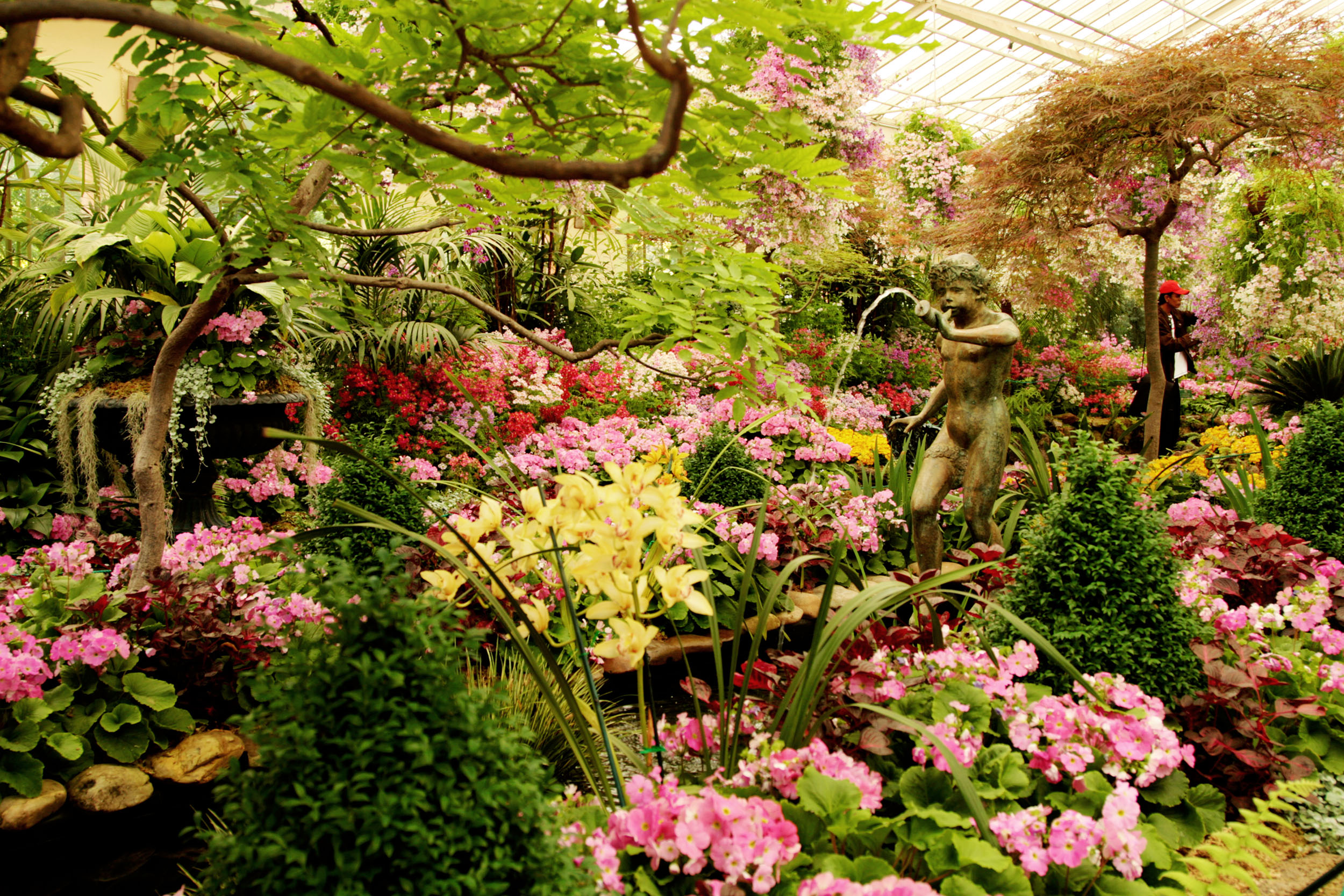
Credit: Moment Editorial/Getty
Alan Titchmarsh: Why I've decided that life's too short to keep growing the same old things in my greenhouse
Alan Titchmarsh's greenhouse has become a bit predictable – but he's now got big plans to mix things up.
Alan Titchmarsh is a gardener, writer, novelist and broadcaster.
